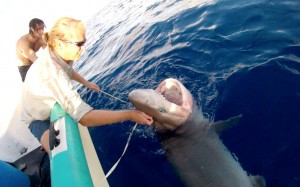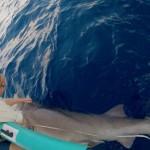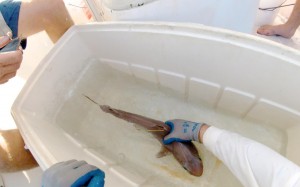
Fire up the grill! As the 22nd annual Bahamian Young Chef Championship rolls nearer, high school students around the island are fine-tuning their culinary skills and perfecting recipes featuring local ingredients and flavor combinations.
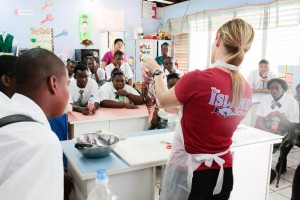
This week the CEI lionfish team headed to Central Eleuthera High School’s Family and Consumer Science class to speak with Mrs. Williams-Sands’ and Mrs. McKinney’s students about preparation of lionfish. A student representative from CEHS will be headed to the Young Chef’s district-based competition next week and is considering featuring lionfish as a local ingredient. This shows marked and exciting progress toward cultivating demand for the invader from the fisheries industry.
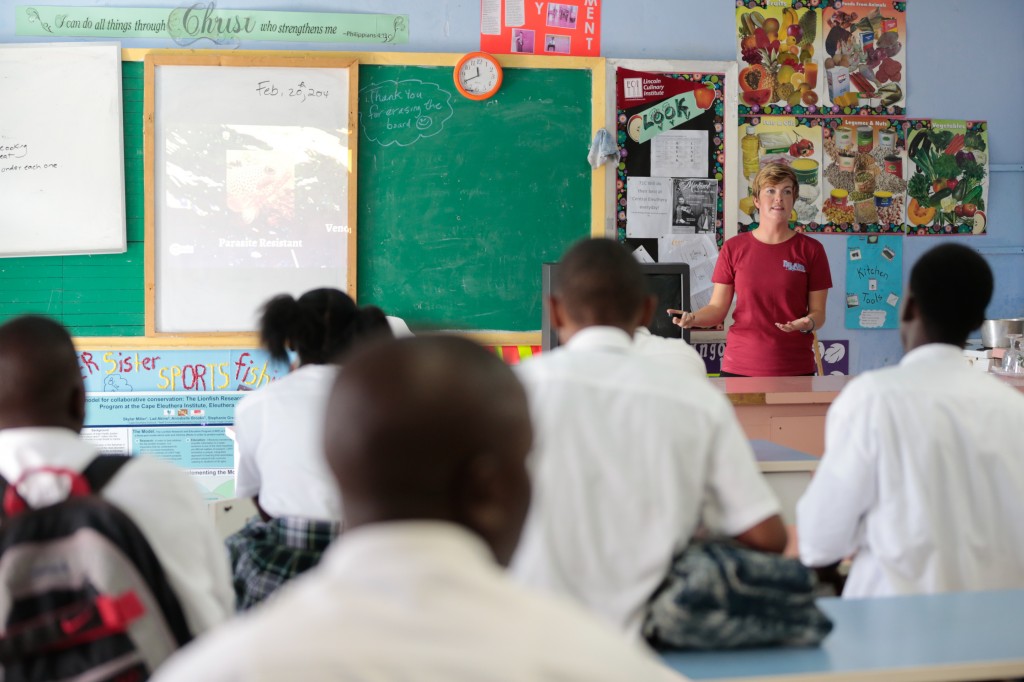
CEHS students learned about the invasion of lionfish in the Bahamas and some of the work done at CEI both to manage and to understand its implications for affected ecosystems. After being shown where lionfish spines were located and having their proper removal demonstrated, students Nigel and Sam faced off to fillet two lionfish, and they and their fellow students worked together to prepare them. Lionfish were fried, baked, and sampled by all students, many of whom had never tried the fish before!
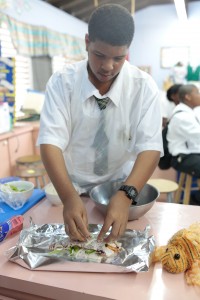
Not only was it exciting to share this delicious white-meat fish with so many new samplers, but being enthusiastically approached by CEHS to introduce this dish was equally thrilling. With the help of more students, teachers, and community members there may yet be a booming lionfish market. Stay tuned for updates regarding the lionfish team’s plans for a local fisherman campaign; best of luck to CEHS in their competition next week!
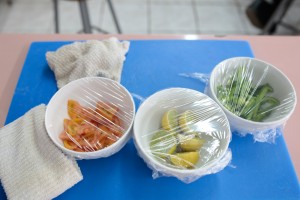









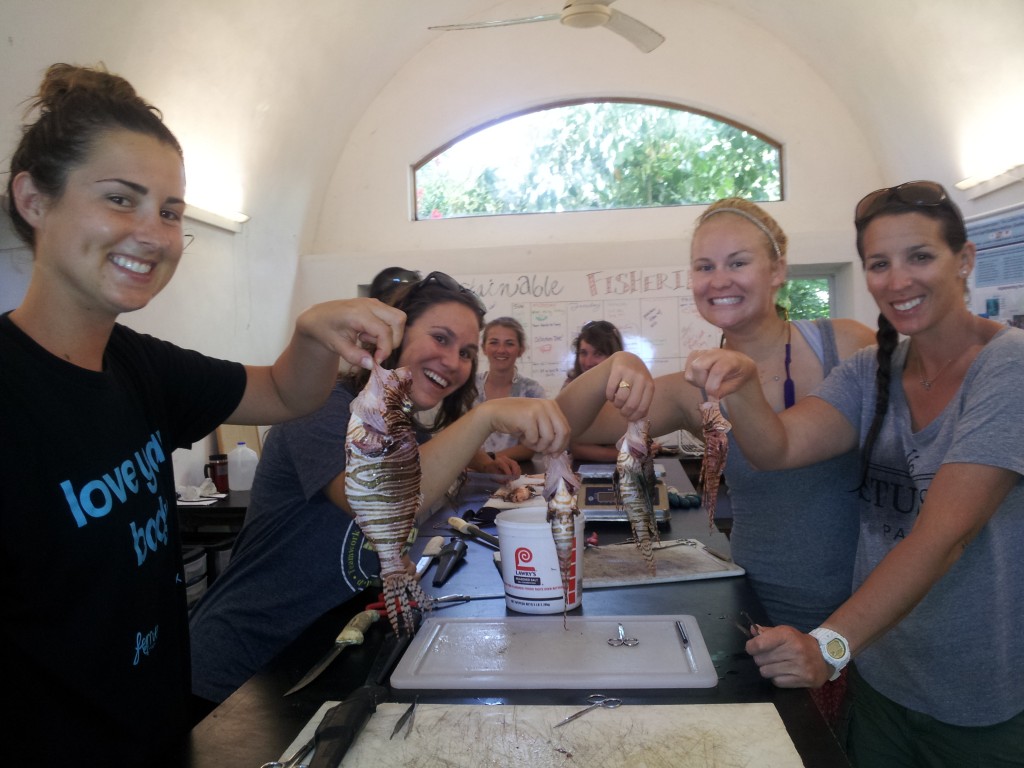

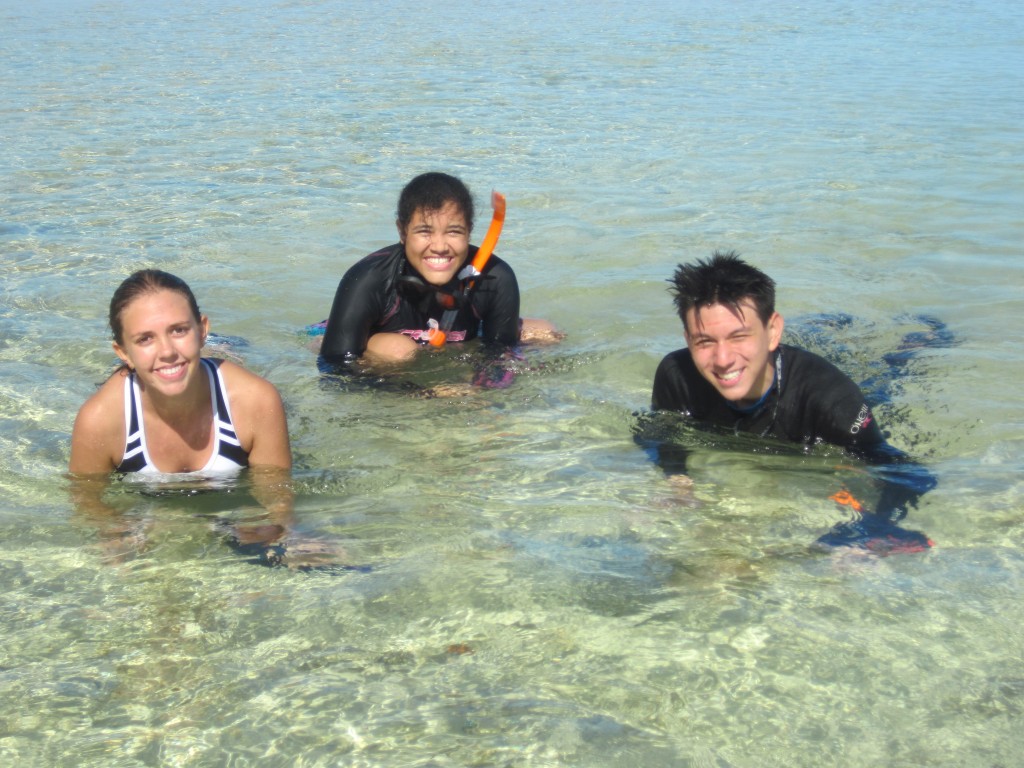
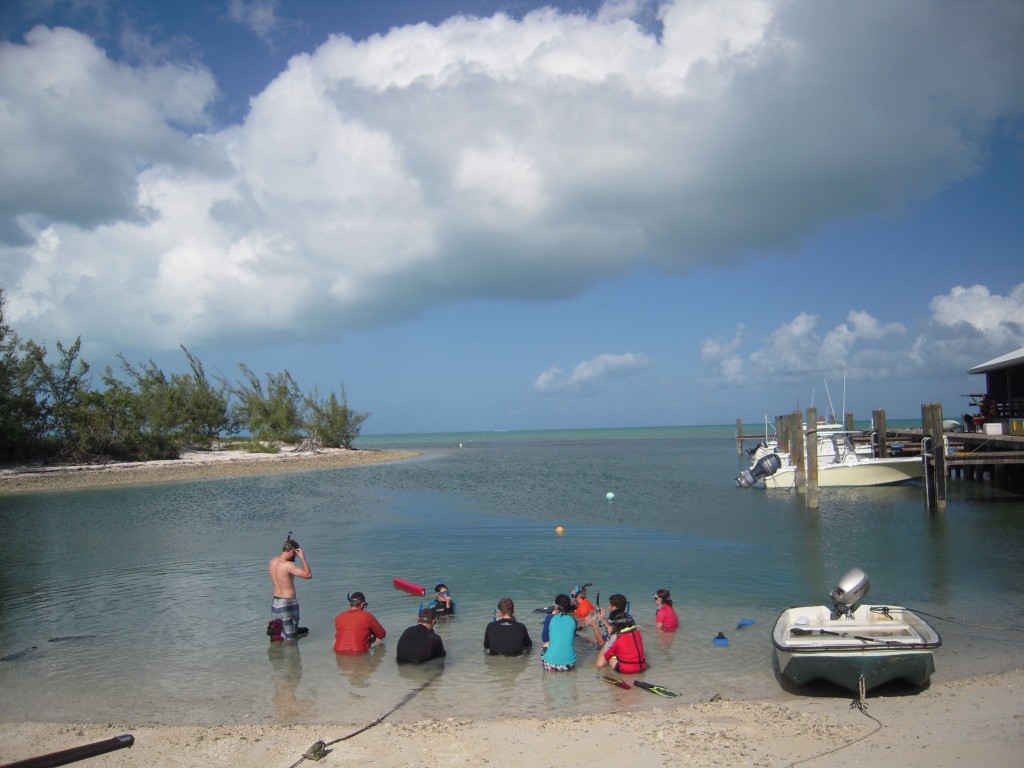


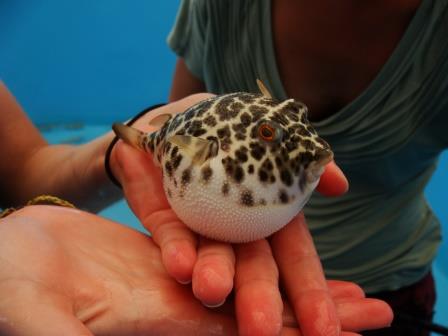 Naomi and her team from Carleton and CEI collected puffers from Page Creek and tested their behavior before, during, and after treating them with a stress hormone, cortisol. Behaviors tested included puffing, activity, and fright response. The puffers were returned to Page Creek and will be caught again in the few days to be sampled in order to measure the activity of their immune systems. With these results, the team will be able to determine how personality differs between puffers and how this personality, as well as immune function, is influenced by an increase in cortisol levels.
Naomi and her team from Carleton and CEI collected puffers from Page Creek and tested their behavior before, during, and after treating them with a stress hormone, cortisol. Behaviors tested included puffing, activity, and fright response. The puffers were returned to Page Creek and will be caught again in the few days to be sampled in order to measure the activity of their immune systems. With these results, the team will be able to determine how personality differs between puffers and how this personality, as well as immune function, is influenced by an increase in cortisol levels.